Opening a food business in the Philippines is no small feat. You have a lot to do before you can open your doors, including obtaining permits to operate and clearing environmental health regulations. But getting approval is not as simple as filling out a form. Businesses must submit sanitary permit requirements and undergo a thorough inspection.
Do you know where to start? Or are you feeling nervous that this step might delay your timeline? Learn how to pass with flying colors by following this complete guide.
What Is a Sanitary Permit?
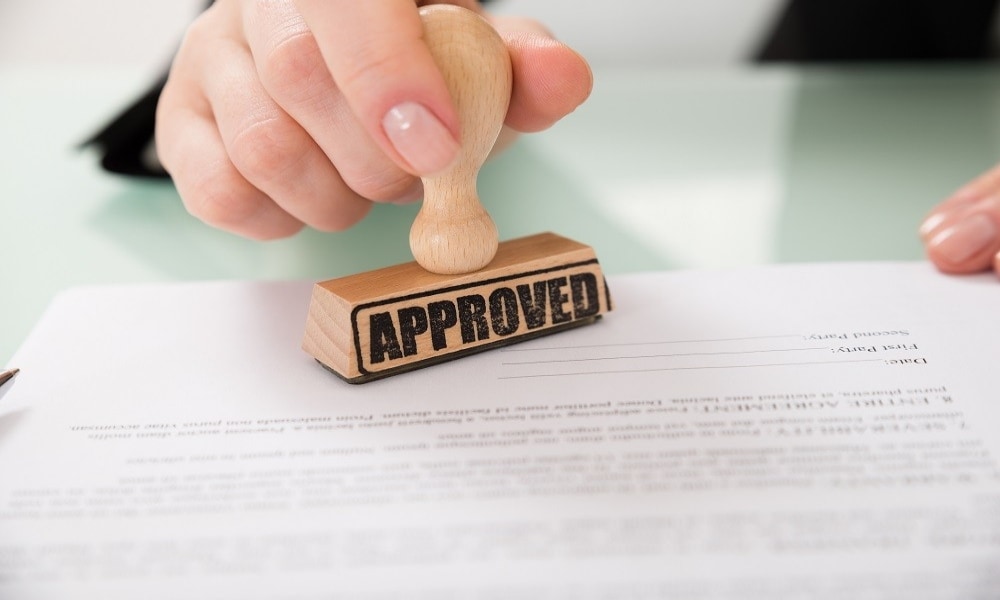
Sanitary permits are among the requirements an establishment needs to secure to be issued a business permit. This certification is a written assurance that an establishment is safe and clean for guests and staff.
Philippine laws require food and non-food establishments to apply for a permit and pass a sanitary inspection. A local health unit in every city hall oversees the issuance of hygiene certifications.
Sanitary Permit Requirements in the Philippines
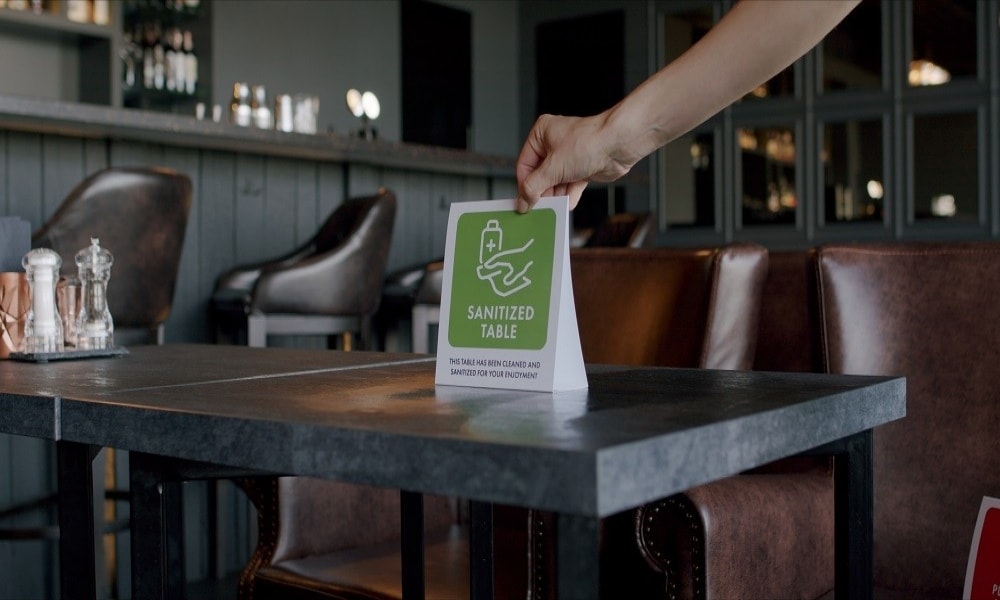
Requirements vary in every city or province. Additionally, there are minor differences based on the nature of a business. But here are the general items you need to submit to launch a new food establishment.
- Application form
- Transaction number
- Receipt of sanitary fee permit payment
- Name of owner and the business
- Schematic floor plan
- List of employees and their positions
- A microbiological water analysis report
- Pest control contract
- Original medical certificates of employees, including X-ray and drug test results
- Occupancy permit
How to Apply for a Sanitary Permit in the Philippines
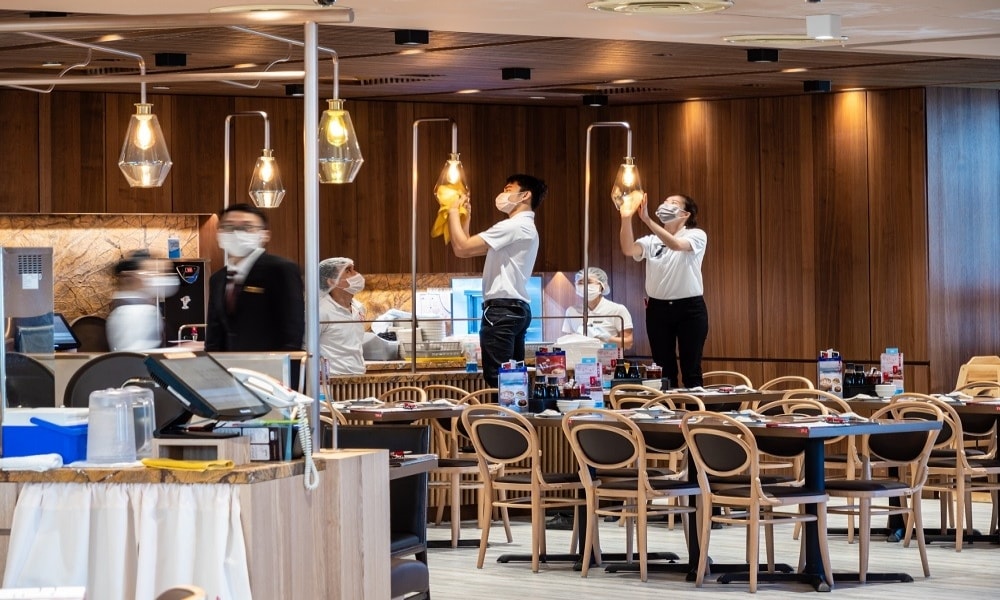
The process starts by applying for a business permit. Owners or authorized representatives can proceed to the municipality's Business Permit and Licensing Office. This governing office will provide forms needed to operate, including sanitary permits.
Most local government units direct applicants to each office they need to visit. Once you reach the designated department, here are the standard steps for processing your certification.
Step 1: Complete the application form and submit it to the Sanitation Office.
Step 2: Pay the accompanying fee. This rate varies depending on your city or province.
Step 3: Submit all the sanitary permit requirements. A designated officer will review and record all your documents.
Step 4: Wait for the sanitation officer to provide an establishment inspection date.
Step 5: Complete all requirements and pass the inspection.
Step 6: Receive the sanitary permit.
Key Safety and Hygiene Food Storage Tips
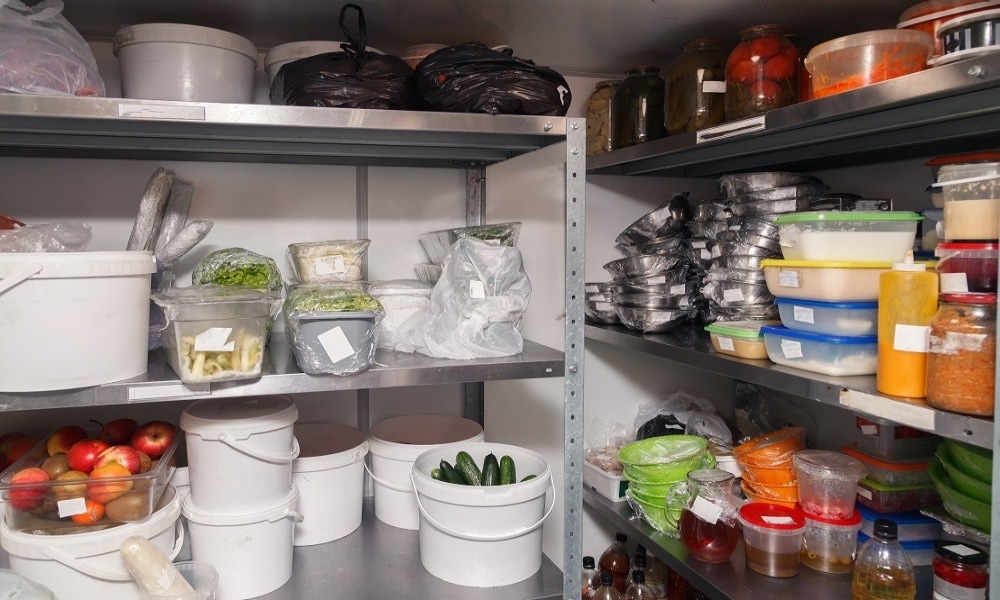
Food handlers need to practice food safety and proper sanitation at all times. Besides cleaning practices and employee hygiene, food establishments should also prioritize appropriate storage of ingredients. You need to set clear guidelines for all these aspects. Follow these tips to ensure that your business complies with sanitary regulations.
Tip #1: Always follow the FIFO system.
“First In, First Out” is a system that prioritizes the consumption of older stocks. This method reduces wastage and promotes better inventory management for the restaurant. Practice FIFO even with shelf-stable items like Knorr Liquid Seasoning or Knorr Salted Egg Powder. This way, you know you’re only using fresh ingredients when creating recipes for salted egg chicken wings, tofu cauli sisig, or banh mi.
Tip #2: Label storage containers.
Never leave your Knorr Sinigang Mix open and prone to air exposure. The same goes for any other ingredients in your pantry. Find translucent food-safe storage containers with lids you can stack and label. Select multipurpose containers that can go from hot to cold environments with ease. It’s also beneficial to pick bins that can hold bulk supplies and ingredients.
Tip #3: Store in dry, dark, and cool places.
Maximize the shelf life of food by storing them in dry, dark, and cool storage areas. The general rule is to keep ingredients out of direct sunlight. It also helps to keep humidity levels low to preserve product quality. To protect food from contaminants and pests, store food bins at least six inches from the ground and walls and a foot away from ceilings.
Tip #4: Stock up on smartly packaged ingredients.
Certain food service items, like Lady’s Choice Real Mayonnaise, already come in sturdy and contaminant-proof tubs. Keep unopened supplies in the pantry and refrigerate any open tubs to prolong their use date.
Revocation of a Sanitary Permit in the Philippines
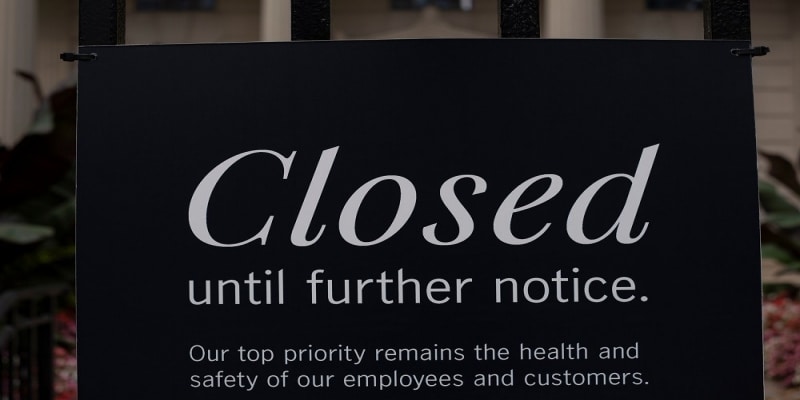
Sanitary permits are not a done deal. Yearly renewals are part of business operations. Plus, sanitation officers can visit you throughout the year for surprise inspections. Most local health units even reinspect quarterly. If a sanitation officer encounters complaints or violations, like improper waste management, expect the following:
- The Health Division will issue up to three notices of the violation.
- The business must respond and comply. Otherwise, the department can issue a Temporary Closure Order.
- Any failure to respond to the notices or correct any violations can result in the revocation of the sanitary permit. When this happens, businesses must re-apply and go through the process again.
Applying for a sanitary permit for the first time is a straightforward process. Complete your sanitary permit requirements, pass the inspection, and you’re golden. But make sure you can breeze through your yearly renewal by maintaining a safe and sanitized environment for diners and staff. Implement stringent health and hygiene guidelines for your team to follow. Use this 10-step restaurant cleaning checklist for daily operations.
As a restaurant owner, you know and value that everything in your operation must be kept “clean.” Stay ahead in the cleanliness of your restaurant with our free checklist on cleaning tasks to accomplish each day, week, and month.
Related Articles
What you'll get:
- Access to free Chef trainings
- The best recipes and tips from Chefs around the world
- The latest culinary trends